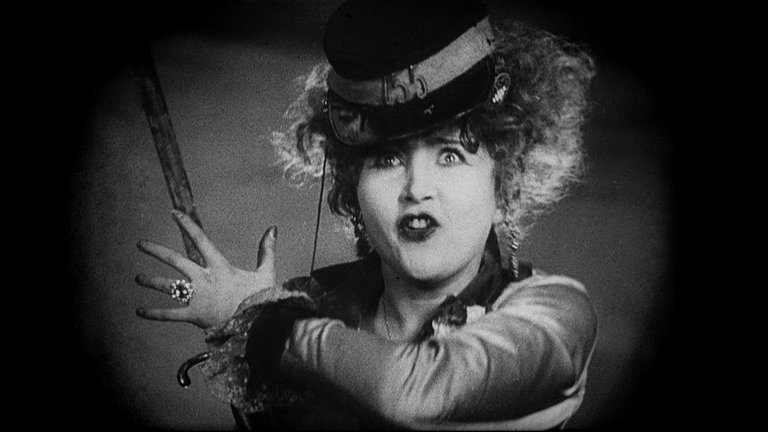
Dmitry Shostakovich, one of the grand 20th Century composers, owes part of his acclaim to his pioneering work in film music, including late silent works like The New Babylon, 1929 Soviet historic drama. Shostakovich’s work on the film wasn’t exactly surprising, because he had associated with FEKS, an avant-garde artists' group in Leningrad (today’s Sankt Peterburg) that included directors Grigory Kozintsev and Leonid Trauberg.
The plot is set in Paris during one of the most traumatic and violent periods of French 19th Century history. In Summer of 1870 French Second Empire went into war with Prussia in a bid to prevent German unification. French army was routed and emperor Napoleon III captured, leading to the fall of his regime, while Prussians besieged the French capital. The city held on, mainly due to stubborn resistance of working-class National Guard. After the formal capitulation, government of newly proclaimed French Third Republic tried to take away National Guard guns, which led to uprising. Rebels took control of the city and established new government called Commune of Paris, which is considered first functioning socialist regime in history. Communards, however, proved to be indecisive and allowed bourgeoisie and counter-revolutionaries to rally at Versailles and send army to crush Commune and execute thousands of its supporters. Those events are portrayed from the perspective of many characters, mainly Louise (played by Yelena Kuzmina), shop clerk from “New Babylon” department store and Commune supporter who falls in love with Jean (played by Pyotr Sobolevsky), young soldier who is reluctant to fight but ultimately sides against Commune.
1871 civil war in France isn’t exactly surprising choice of subject for 1920s Soviet filmmakers, since the establishment of Commune of Paris and October Revolution show obvious similarities, with the Soviet Bolsheviks drawing inspiration from the French Communards while learning from their mistakes. The New Babylon, despite absence of sound that quickly made it obsolete, is considered a modern film for its time, influenced by Eisenstein's and Vertov's montage theory, as well as moving cameras and similar techniques employed by Gance's Napoleon. The script is tightly woven, featuring clearly defined characters representing various social classes. The film oscillates between portraying 19th Century Paris as a decadent hellhole of capitalist exploitation and a lively place with iconic nightlife, including the can-can, and anachronistic references to major art figures of the fin-de-siècle and Belle Époque.
Despite the limitations of silent cinema, the acting in "The New Babylon" is commendable. Yelena Kuzmina and Pyotr Sobolevsky are very good in their respective roles, and same can be said for famous director Sergei Gerasimov in the role of the journalist (whose wife Tamara Makarova also appears in the role of can-can dancer). However, the film did not receive favour from Soviet authorities due to its dark and depressive undertones, particularly in the ending where the Communards, including the protagonist, face execution. This, as well as arrival of sound, made The New Babylon into one of the more obscure works of Soviet silent cinema. The film was restored in 2004, largely thanks to the discovery of Shostakovich's music. Today's audience may struggle with the film's lack of historical context, especially those unfamiliar with the Commune of Paris.
RATING: 6/10 (++)
Blog in Croatian https://draxblog.com
Blog in English https://draxreview.wordpress.com/
InLeo blog https://inleo.io/@drax.leo
Hiveonboard: https://hiveonboard.com?ref=drax
Rising Star game: https://www.risingstargame.com?referrer=drax
1Inch: https://1inch.exchange/#/r/0x83823d8CCB74F828148258BB4457642124b1328e
BTC donations: 1EWxiMiP6iiG9rger3NuUSd6HByaxQWafG
ETH donations: 0xB305F144323b99e6f8b1d66f5D7DE78B498C32A7
Posted using CineTV